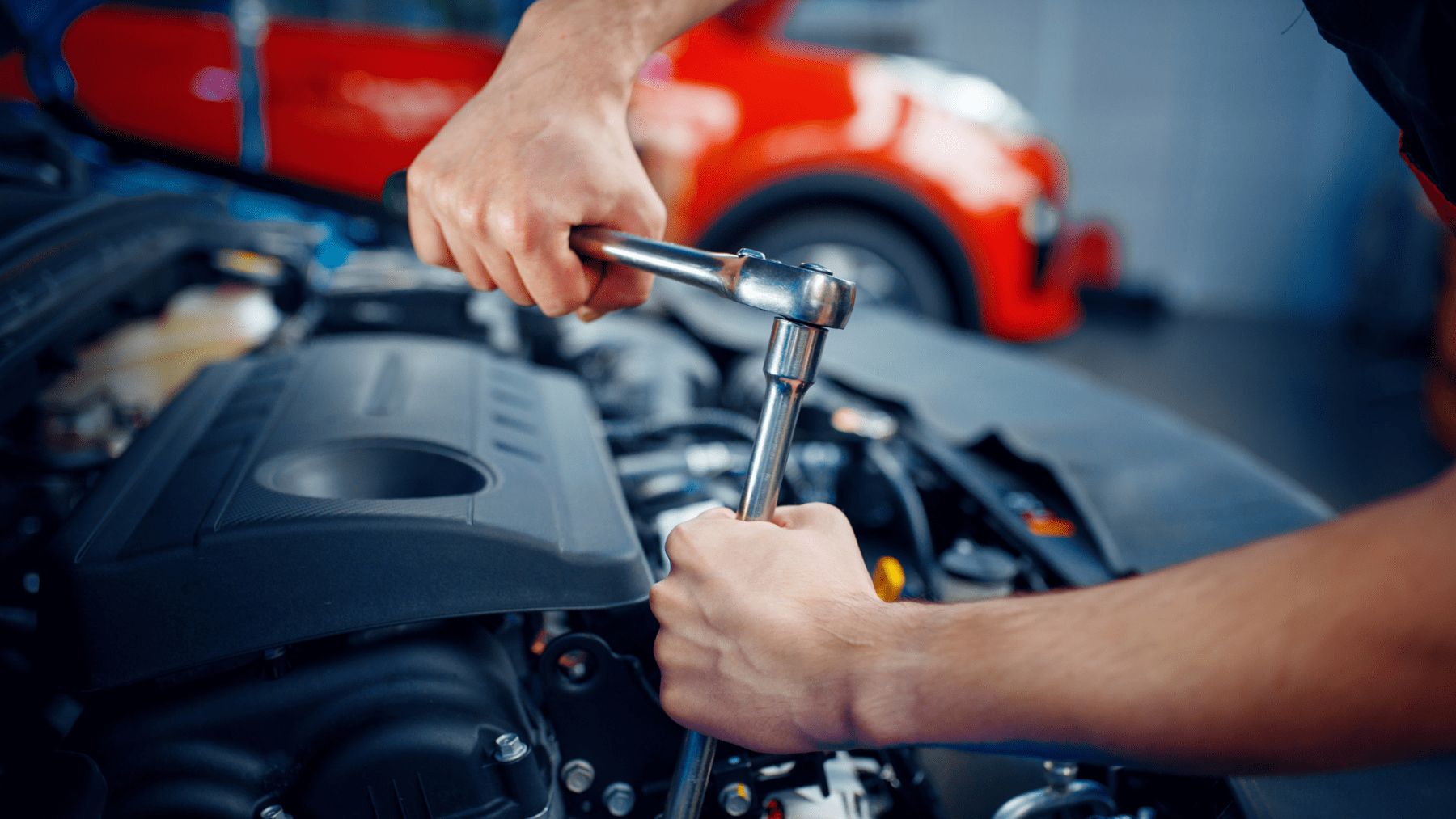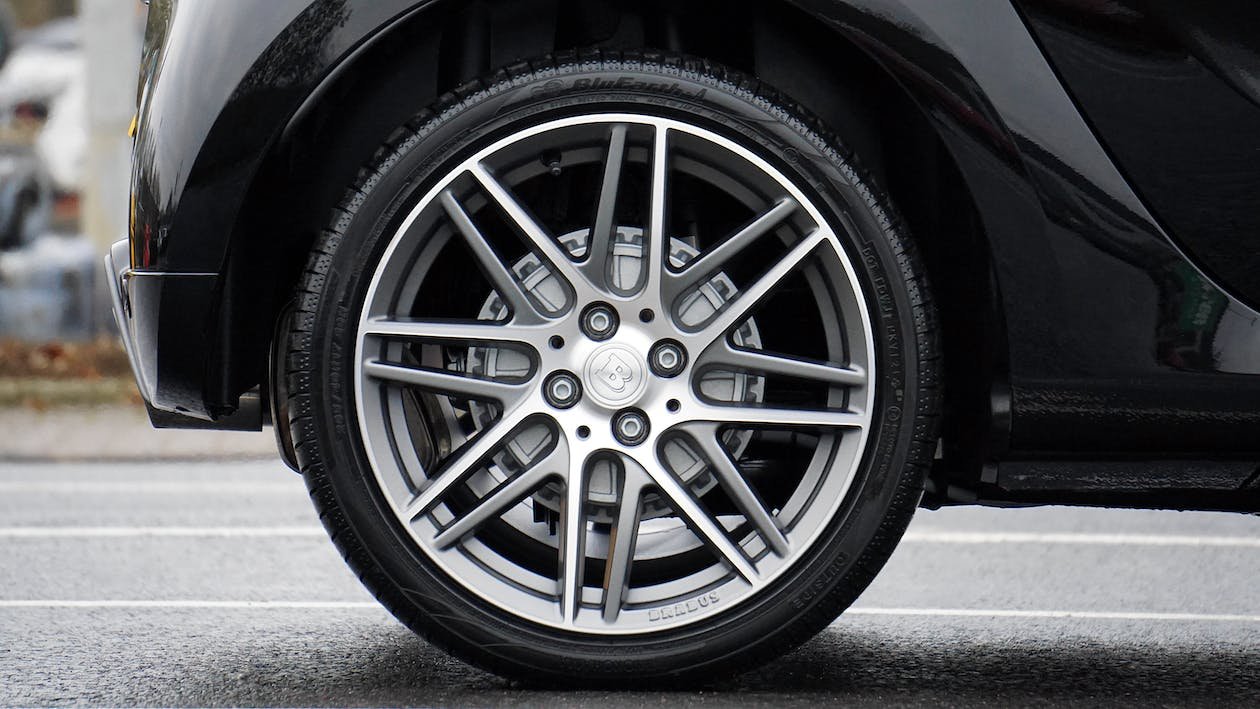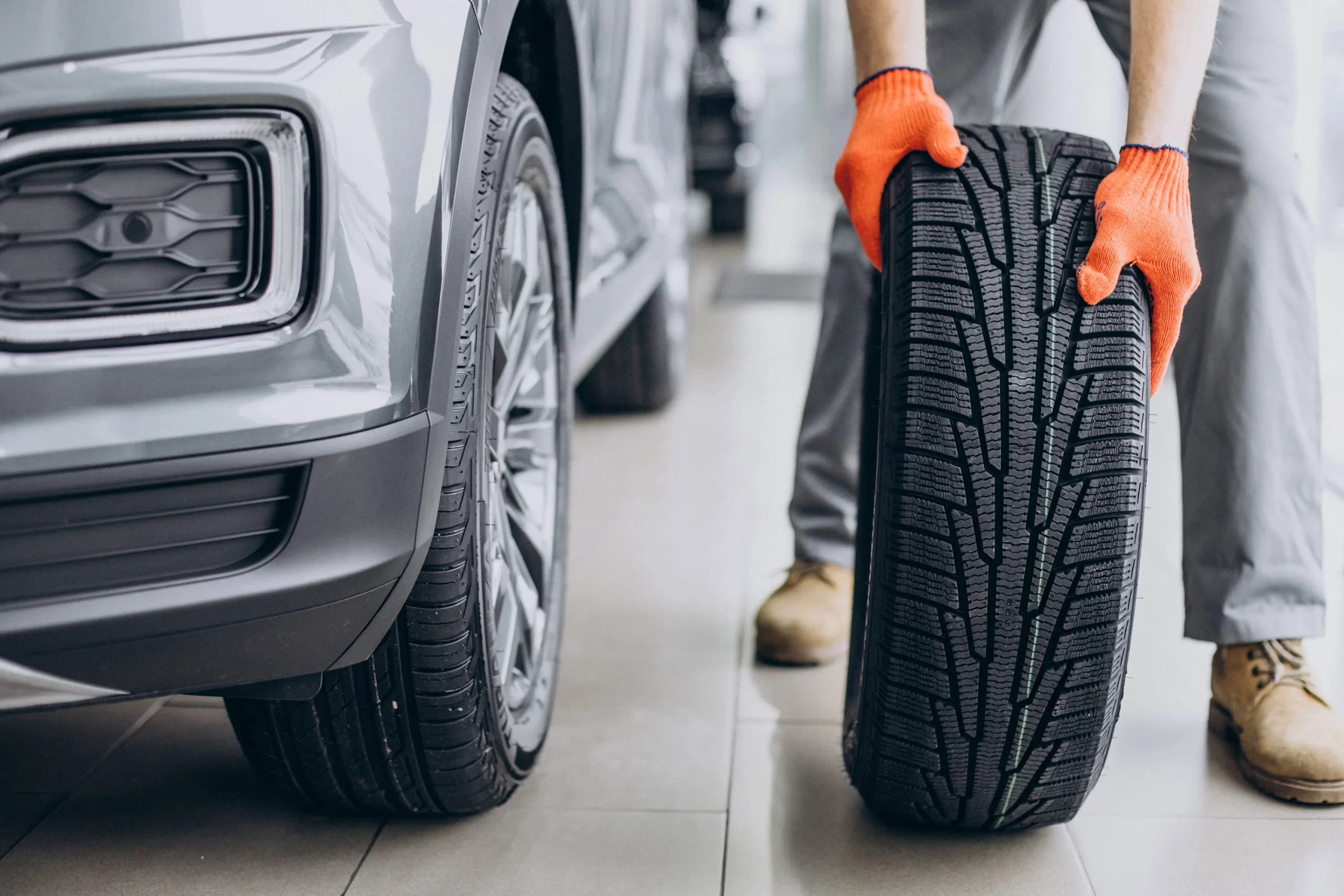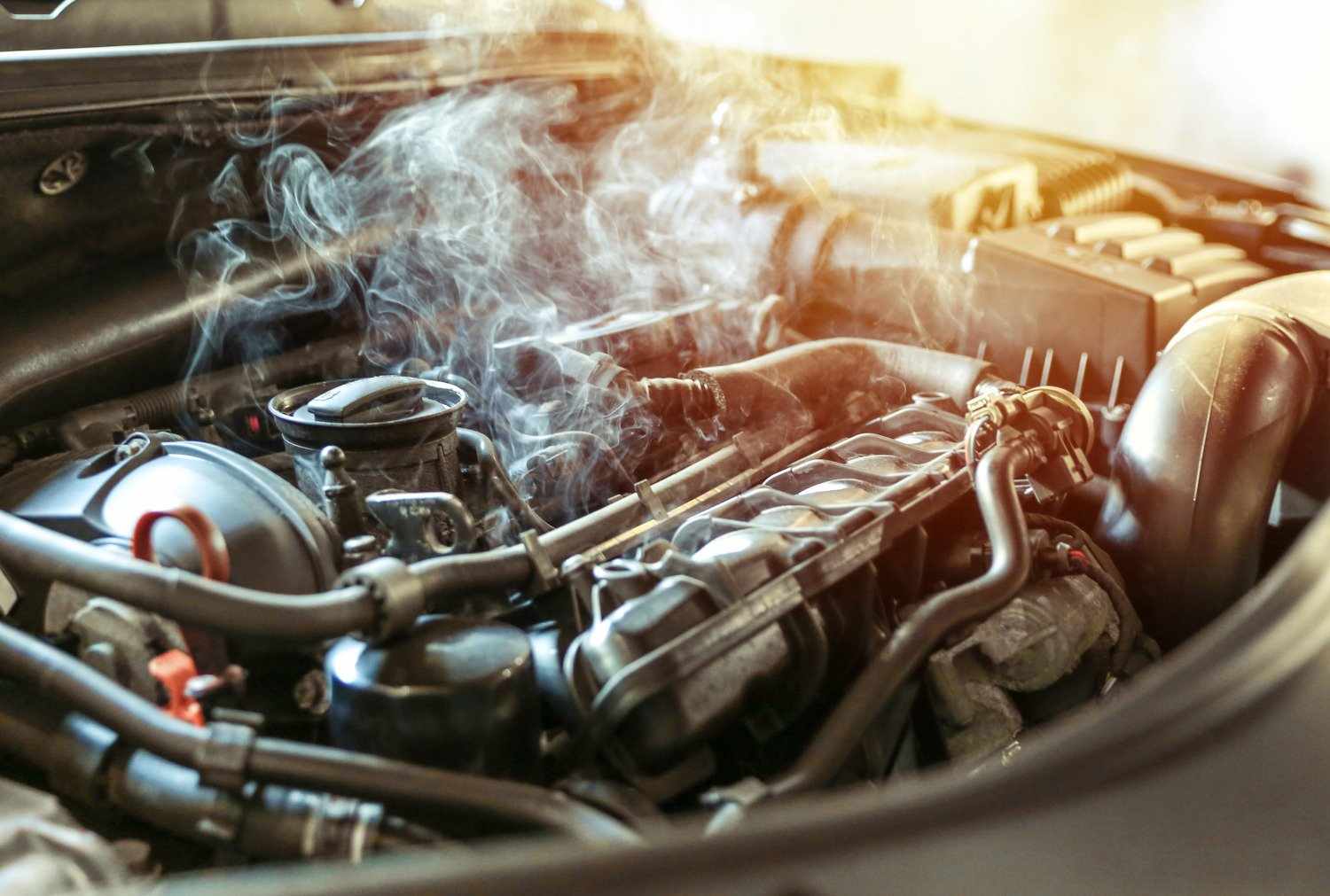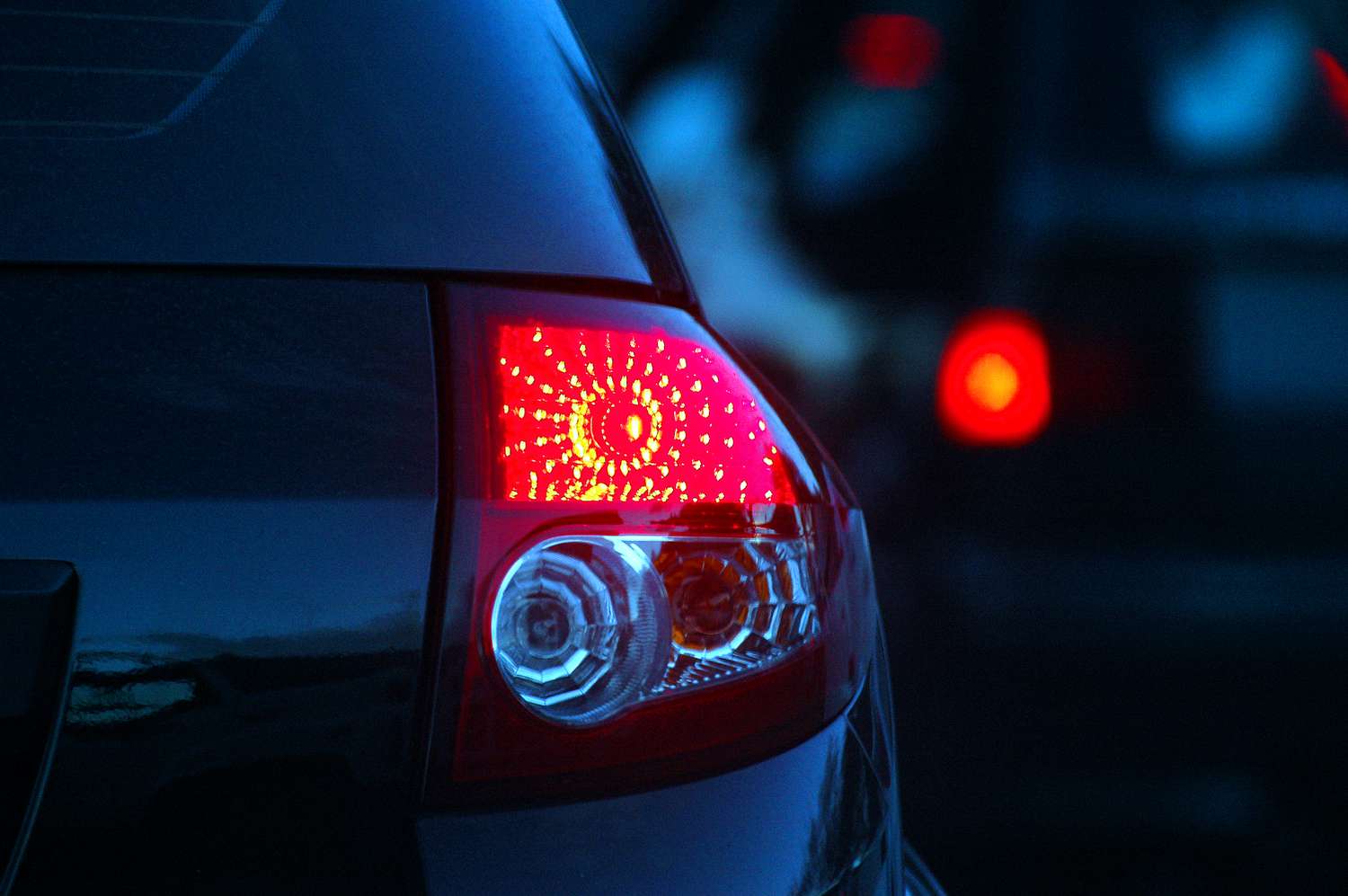If you’re spending time in the car this summer, arm yourself with water, snacks and some very good advice. Read on for our top 10 tips on keeping babies and toddlers safe in the car on warm summer days.
1. Get your car seat inspected.
More than half of all car seats are installed incorrectly, according to the National Highway Traffic Safety Administration. And since people tend to spend more time in the car during the summer, it’s a good time to find the nearest car seat inspection station, usually at a local police or fire department. The experts there will inspect your car seat and show you how to install it properly, usually at no charge.
2. Cool the car down quickly.
A hot car is uncomfortable for everybody, especially kids. If you’re getting into a scorching car, crank up the air conditioning and open the windows first to push out that hot air. After a few minutes, when the car is cooler, get in and roll up the car windows and let the AC keep working its magic. Also, when placing your child in the car seat, watch those metal buckles, which can get blazing hot on warm days. When your car is parked outside, keep the metal parts out of direct sunlight, tucking them into the car seat straps or placing a towel or light blanket on top of the metal when your child is out of the car seat.
3. Inspect your tires.
How are tires like babies? They’re both prone to blowouts, and tires are more likely to have them during the summer months. Blame the combination of hot weather, longer drives and cars packed full of road-trip gear. Regularly check your tire pressure and the condition of your tires to stay safe.
3. Don’t skip major services
When it’s time for a tune-up, you will likely need to swap out older parts for new ones. These include spark plugs, oil filters, fuel filters, PCV valves, belts and hoses. These items’ longevity depends on your vehicle’s make and model. Consider asking the service department for cost estimates before tune-ups are needed so you will be prepared.
4. Get your brakes checked
There is no standard for how frequently you should have your brakes checked. However, experts recommend doing this every time your tires are rotated or every six months.
If you notice a change in your brakes while driving, have them inspected as soon as possible.
5. Check fluid levels often
Select a day each month to check your fluid levels and note it in your calendar. It will only take a few minutes, and you can make a handy checklist to know what to do when the time comes.
Be sure to include engine oil, coolant, power steering fluid and windshield washer fluid. You should also check the brake fluid and transmission fluid at least twice a year — preferably every six months.
You could wait until it’s time for an oil change to have your fluid levels checked. However, low fluid levels could indicate significant issues with your vehicle. Plus, you will likely spend more money later on repairs if the issues are left undetected.
6. Pay attention to your tire tread
Low tread on your tires puts you at risk of losing control of your vehicle, particularly when you’re driving in the rain, sleet or snow. But there are two easy, inexpensive ways to monitor your tire tread. You can buy a tread depth gauge or use a penny.
If you choose the latter, insert the penny upside down into the tread with Abraham Lincoln’s face looking outward. If Lincoln’s head is fully visible, you probably need new tires. Take the car to a tire dealer to confirm.
7. Keep your tires inflated
Proper tire inflation contributes to vehicle safety and optimal fuel efficiency. If you have a newer vehicle, you will likely get an alert on the dashboard when your tire pressure is low. But if this feature isn’t available in your car, purchase a tire-pressure gauge to monitor your tires’ air levels.
Refer to the sticker directly inside the pillar of the driver door to confirm the proper inflation levels for your car. If the pressure is low, inflate the tires to the correct level.
8. Don’t ignore leaks, sounds or smells
Is there fluid on the ground from your car? Does it make weird noises when you crank it up, accelerate to a certain speed, turn a corner, back up or sit at a traffic light? Are there strange smells coming from your vehicle that you don’t recognize?
These signs shouldn’t be ignored as they indicate that your car could need repairs. But if you ignore them and put investigating them off, you could spend several hundred or thousands in repairs later.
9. Pay attention to alerts
Whether it is the dreaded check engine light that pops up or some other icon you have never seen, don’t ignore it. Instead, take your car in to be checked out since it’s trying to communicate that something isn’t quite right. Even if it’s not that big of a deal, better to be safe than sorry.


